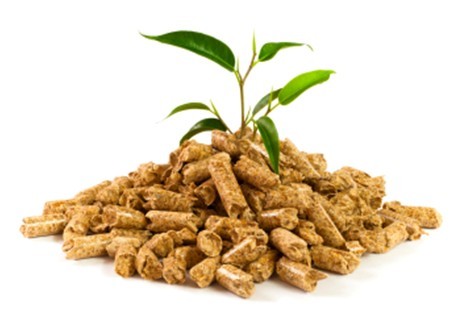Zero-Carbon Fuels & Biofuels
Pyrolysis and Partial Oxidation of Solid Fuels

Solid fuels such as coal and biomass are of abundant amount in Chinese energy resources. Their clean usage, however, is extremely difficult. Combustion of solid fuels releases sulfur, salts and heavy metals (like Hg), and considering the total amount of solid fuels used in China this will cause severe pollution. Low temperature combustion, e.g. catalytic combustion or chemical looping combustion, developed with attention for years yet suffering with the low efficiency of solid-solid reaction. Conversions of solid fuels to liquid or gaseous fuels evidently bring meaningful benefits to our world.
Pyrolysis is a feasible way to convert solid fuels such as biomass to liquid fuels. Pyrolysis conditions affect greatly on the quality of its products. As an example, qualities of bio-oil which is the liquid products of pyrolysis of biomass differ greatly on pyrolysis conditions. A good bio-oil that should be less corrosive and viscous will favor the following upgrading process lowering the total cost. Understanding of the pyrolysis mechanism is the key. We developed a method that combines operando mass spectrometry with thermogravimetric analysis so that the detailed pyrolysis profiles can be quantitatively studied. With subsequent modeling, improvement can be made to the pyrolysis process and even catalytic pyrolysis.
By applying steam to react with coal as gas-solid reaction, coal gasification to syngas for combustion is a good solution. The produced CO and H2 combust in separated processes that thereby pollutant releasing and emission can be controlled much more easily. Unfortunately, a great deal of syngas in China is for hydrocarbons production. This implies O will emit as CO2 wasting vast amount of carbon-based energy. We use certain catalysts to activate oxidants desorbing active intermediates (e.g. radicals) to the gaseous phase, and then gas-solid reaction occurs to partially oxidize C-C bonds in solid fuels, directly producing carbon chains with certain carbon number. The whole process is under investigation with operando mass spectrometry. (written by Hao Ma)
Operando Mass Spectrometry Characterization and Diagnostics for Complex Catalytic Conversions

Catalytic conversions of carbon-based Energy exhibit typical properties of a complex system that one output out of numerous interactions gives feedback to form new interactions. The whole process is determined not only by reactions on the surface of active sites of catalysts but also by reactions in the gaseous phase where very reactive intermediates (e.g. radicals) desorbed from the surface interact with all kinds of other molecules. In order to invent or improve a catalyst for clean carbon-based energy conversions, characterization and diagnostics for such complex systems are of vital importance. Conventional methods for heterogeneous catalysis focus mainly on surface and interface physical chemistry but less attention pay on volumetric dynamics.
Operando mass spectrometry with molecular beam sampling system is an effective characterization method for such purpose. By a suitable sampling system into certain areas of a reactor, all active intermediates are well preserved because the distance of molecules is far enough to eliminate any further interactions. These intermediates are afterwards ionized by soft photon ionization (e.g. 8-12 eV) and detected by high resolution time-of-fight or orbitrap analyzer, outputting definite molecular formulae. Even more information such as content of different isomers can be concluded from photon ionization efficiency with the help of synchrotron radiation.
Information of intermediates and their derivation obtained by carefully analyzing the data from operando mass spectrometry provides opportunity for kinetics and computational chemistry. Finally, key intermediates who affect conversions to products (activity related) and those who affect conversions to byproducts (selectivity related) and those who affect mostly on carbon deposition or producing molecules hard to desorb from active sites (stability related) will be found. Aligning this comprehensible system with conventional characterizations for catalysts, a deep understanding of structure-activity relationship can be then revealed, and therefore rational design or development of catalysts for clean carbon-based energy conversions becomes possible. (written by Hao Ma)

